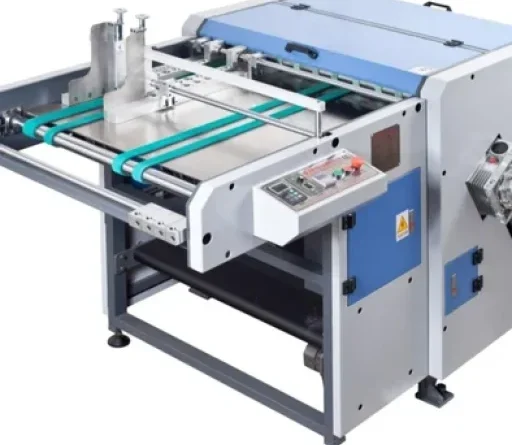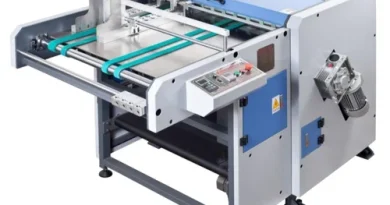Revolutionizing Material Handling: The Critical Role of Grooving Machinery in Modern Manufacturing
In the manufacturing industry, precision and efficiency are paramount. Grooving machinery plays a pivotal role in achieving these goals by precisely cutting grooves into various materials, which is essential for numerous applications across different sectors. This article explores the importance of grooving machinery, detailing its functionalities, benefits, and its transformative impact on modern manufacturing processes.
Introduction to Grooving Machinery
Grooving machinery is designed to cut grooves or channels into materials such as metal, wood, and polymers, which are crucial for assembly lines, packaging, and structural designs. These machines are highly valued in industries such as automotive, aerospace, furniture manufacturing, and construction, where precise grooving is necessary for fitting parts and components together seamlessly.
Key Features of Advanced Grooving Machines
Modern grooving machines are equipped with state-of-the-art features to meet the exacting needs of contemporary manufacturing:
- High Precision: These machines deliver exceptionally accurate grooves, crucial for ensuring the integrity of the final product.
- Versatility: Capable of handling a variety of materials and groove dimensions, they can be adjusted to meet specific requirements.
- Speed and Efficiency: Advanced grooving machines are designed to operate at high speeds, significantly boosting production rates.
- Automated Control Systems: With digital controls, these machines offer user-friendly interfaces and programmable settings, allowing for easy adjustments and minimal downtime.
Benefits of Using Grooving Machinery
The integration of grooving machinery into manufacturing processes offers several significant advantages:
- Enhanced Productivity: By automating the grooving process, these machines allow for faster completion of tasks, increasing overall output.
- Improved Quality: Consistent and precise grooving improves the quality of assemblies and fittings, reducing the risk of malfunctions and enhancing product durability.
- Cost Efficiency: Automation reduces the need for manual labor and minimizes errors, which in turn decreases waste and operational costs.
- Flexibility: The ability to quickly change settings and handle different materials makes these machines ideal for companies that operate across multiple manufacturing domains.
The Impact on the Manufacturing Industry
Grooving machinery has significantly impacted the manufacturing industry by enabling more complex and precise product designs. As the demand for high-quality, durable products increases, the ability to produce intricate and precise grooves efficiently becomes increasingly important. This machinery supports the production of complex parts and enhances the assembly process, thereby improving the end product’s functionality and aesthetic appeal.
Future Trends in Grooving Technology
The future of grooving machinery looks promising, with ongoing advancements focusing on increasing automation, precision, and adaptability. The integration of AI and machine learning is anticipated to further enhance the capabilities of these machines, allowing for real-time adjustments and improved accuracy. Additionally, the development of more sustainable and energy-efficient models will continue to push the boundaries of what’s possible in grooving technology.
Conclusion
Grooving machinery is a crucial component of modern manufacturing, driving innovation and efficiency across various industries. By enabling precise and efficient material handling, these machines play a vital role in the production of high-quality products. As technology evolves, grooving machinery will continue to be at the forefront of manufacturing innovations, shaping the future of industry standards and capabilities.



